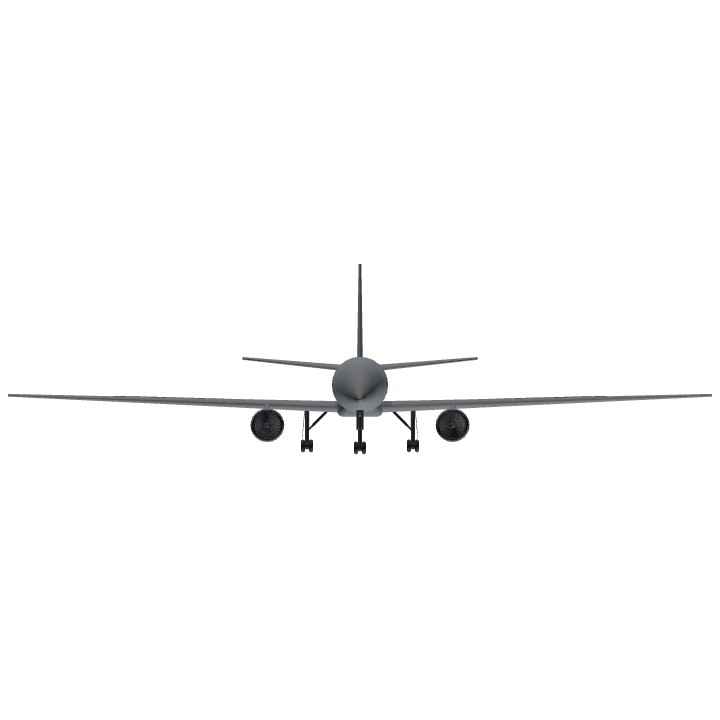Lore
In the 1980s, passenger aviation developed rapidly. To transport large numbers of passengers, larger aircraft were required. Airlines needed high- and ultra-high-capacity airliners. Several aircraft manufacturing corporations from different countries have begun developing such aircraft. Aoishi was one such corporation. Having enormous production capacity, Aoishi leaders decided to develop two projects at once - the Model 390, capable of carrying up to 550 passengers, and the extremely ambitious Model 590 for 1800-2000 passengers.
The Model 390 was developed in the shortest possible time. From the start of development to the assembly of the first aircraft, only a year and a half passed. Unfortunately, due to delays in engine development caused by a change in management at Miokura Dynamics, flight testing did not begin until two years after the first aircraft was assembled. Tests showed that Aoishi managed to create a very successful aircraft. It took another year and a half to fine-tune the Model 390, and finally, 5 years after the start of development, mass production was launched. The aircraft can carry up to 450 people in a single-class configuration or 250-330 in a three-class configuration. For 30 years after its development, it remained the largest twin-engine aircraft in the world. The Model 390's two Miokura Dynamics ME-30-R4 engines produce 30 tons of thrust. Over the entire period of serial production, which has not ceased to this day, 3907 aircraft were produced, which is a record in its class.
Controls
VTOL — Flaps (only available if speed is lower than 468 km/h)
Ground reverse can be activated by Brake if altitude is less than 50m and speed is lower than 360km/h and higher than 3.6 km/h
Specifications
General Characteristics
- Created On iOS
- Wingspan 205.0ft (62.5m)
- Length 209.6ft (63.9m)
- Height 55.9ft (17.0m)
- Empty Weight 304,239lbs (138,000kg)
- Loaded Weight 435,715lbs (197,637kg)
Performance
- Power/Weight Ratio 774.361
- Wing Loading 71.3lbs/ft2 (348.1kg/m2)
- Wing Area 6,111.5ft2 (567.8m2)
- Drag Points 2441
Parts
- Number of Parts 181
- Control Surfaces 9
- Performance Cost 1,182





Летайте самолетами Аэрофлота!
@VOLOTOK Thanks bro!
i read A390 💀